The Top 6 Best Free and Paid Blog Sites to Make Money
I am an affiliate with links to an online retailer in this blog post. When you read what I have written about a particular product and click on that link and buy something from the retailer, I can earn a commission. Please note that I only recommend products that I truly believe in and use in my business. Please read my full disclaimer here
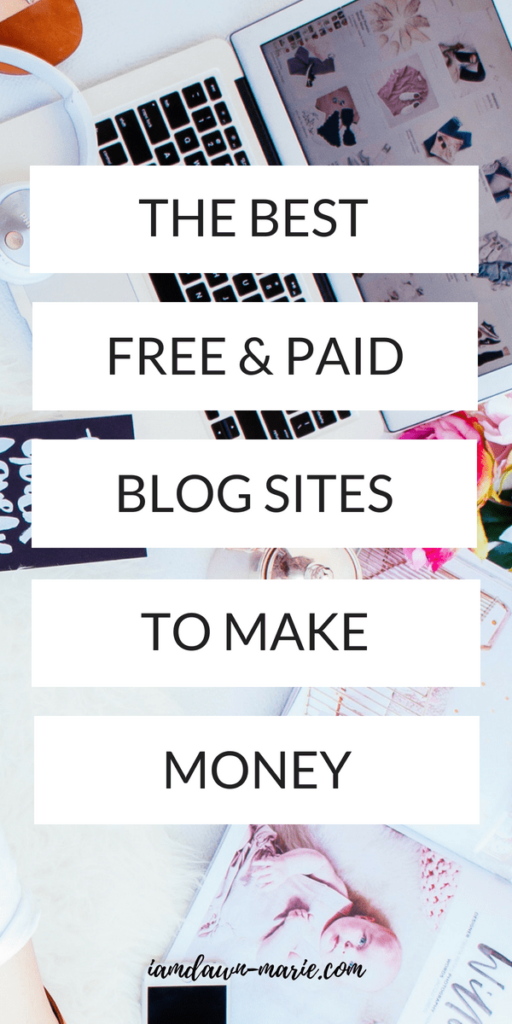 There are easy ways to build a blog and make money from it. When I first decided to become a blogger, I settled for a free platform from WordPress.com but soon understood that if my goal were to one day monetise it, a blog on a paid platform would be better. Read here to understand why.
There are easy ways to build a blog and make money from it. When I first decided to become a blogger, I settled for a free platform from WordPress.com but soon understood that if my goal were to one day monetise it, a blog on a paid platform would be better. Read here to understand why.
If you are money conscious however and still want to start a blog, there are platforms that allow bloggers to create blogs, some free of charge and others paid. Not all of these blogs however offer the same benefits as you will see later.
Although there are benefits associated with free blog platforms, these may not be ideal for the objective that you have in mind.
Some paid blogging sites provide benefits that make their monthly fees worthwhile. My ultimate goal was to find a platform that provided me with useful tools as it related to the design of my blog. I needed a platform that would also allow me to monetise it whichever way I wanted.
The free and paid blog sites that I discuss in this post help the brand new blogger build and design their blog hassle-free. I have also paid attention to platforms that do not need a lot of technical input from the blogger as I appreciate that not many people know code or script.
Sometimes you just want an easy set up and these blogs, I think, offer that. Whatever your goal is, I hope that this list helps you choose the best blogging platform for your blogging needs.
What is a Blogging Site or Platform?
A blogging site or platform is the foundation upon which one can create a blog.
Back in the days, to build a website you would need to know html and coding. You would have to sit countless hours writing codes and scripts, so that a website could be formed or you could take the easy way out and hire a website developer.
Today however companies have made it easier to create a website or blog by having pre-made templates and designs for the blogger. All you need is the content, which includes your text, images or video.
Some people refer to a blogging site or platform as a blog builder. In technical terms, it is referred to as a content management system.
You will see that when you start using these blogging platforms that very little technical expertise is necessary. Many websites, including this one provide you with step-by-step, straightforward instructions to build your blog.
If you want a more customised, personalised blog design then you may have to implement coding and may therefore require the services of a blog designer or developer.
How Do You Get Your Blog Online?
When you create a blog on a blogging platform, there are a few steps that you need to take before your blog becomes live and is available for the public to enjoy.
The difference between the steps is dependent on whether you have a free or paid blog.
With a paid blog, you must purchase a small space on a web server where your website will be stored. You can purchase this space from companies that provide the technology; these companies being referred to as web hosts.
One such company and my number one recommendation for web hosting is Bluehost.
Why Bluehost? Well I have been with them for over two years, their support is amazing, they are a reputable and well-known host provider and host over one million domains.
Once you have selected your host, you need to select a domain name.
The domain name is the web address. Choosing a good domain name can be very important to the success of your blog. Here are a couple of tips to help you:
- Keep your domain name short and easy to type. This means do not use special characters and numbers if you can help it.
- Use keywords in your industry. This is good for SEO. For example if your blog is about gardening, then keywords like “the garden lover” or “garden success” are great keywords to form a domain.
- Claim your domain name as quickly as possible. Domain names are purchased every day, and if you are not careful, yours can be taken. When you buy the domain name, that is your brand. Use it and build it.
- Make people remember you if you want repeat traffic. Come up with something catchy and easy.
After you have selected both the host and domain, you can start building your blog and content and publish your blog online.
Just being online doesn’t mean that you will have money coming your way, though. What do you do to make money now that you have a blog?
Simply being online is not enough to get traffic or to steer sales to make an income from your blog.
It is also necessary to produce content often, build an audience and engage with them.
How Do Blogs Make Money?
Blogs can make money in a variety of ways.
It is important to understand though, that in order to make money from a blog; you must have traffic and engagement.
You must be able to convince people to purchase or sign up for products that you promote, interact with brands that you may write sponsored content for or use your paid services.
The ultimate goal is to be strategic in finding and applying lucrative opportunities. Some bloggers decide to sell things online that they have acquired. Other solutions come in the form of affiliate programs. There are also paid advertising placements on your blog where you can earn money. These are typically free and come with ads links, support, and tutorials for earning with blogs.
Let’s briefly look at these opportunities:
Advertising placements –
Sure, ads can be distracting and most people do not like them, but it’s a great opportunity if you want to make some money. There are two main types of ads:
- PPC ads – pay per click ads. When someone goes to your blog and clicks on an ad banner, you get paid!
- CPM ads – cost per one thousand impressions. These ads pay you based on the amount of traffic to your site that sees an ad, as opposed to the clicks on the ad. For example, an advertiser may pay $2.00 for every 1000 impressions of its ad; meaning that the ad has been displayed 1000 times to persons who visit your website.
You can get ads placements on your site by using the most popular network, Google AdSense. Other ad networks include Media.net, Adsterra Network or Propellor Ads.
These services usually pick the ads and set it up on your blog for you. This makes the process extremely easy.
Of course, the more popular your blog gets, the more advertisers will notice. In fact, advertisers may come to you to pay you for the ability to place an ad on your site. This usually gives you more money. You can even actively search out advertisers before they come to you. Be sure to give them a good reason to advertise on your site and be willing to compromise at first.
Affiliate marketing –
This is my favourite monetisation strategy and I discuss it more in this post. This is where you promote other advertiser’s or marketer’s products for a commission when an action is taken in relation to that product.
That action could be a sale, a lead, a call, a download or a video view.
You can use affiliate links within your content that helps direct your audience to the affiliate product.
Sponsored content –
This method gives you the opportunity to earn money for posting content in the form of a blog post or video. For example, a brand may reach out to you and offer to pay you $500 to write a review about one of their products, in exchange for you posting that content on your blog and introducing your audience to it.
The expectation for the brand is that by posting the content on a high traffic volume website, will drive traffic to their own website and therefore they will be able to acquire a new audience and even sales.
Selling your own products –
Whilst this requires time and effort, selling your own products is a great way to earn money. As you build an audience, you begin to earn the trust of that audience and with that comes a desire to learn from you. It is here where you can share your expertise in a paid product. Check this link to see my first digital product that teaches you how to make money from affiliate marketing without a website
Offering services –
The same as having your own products for sale, you may wish to offer services such as consultation, audits or coaching. This is actually one of the ways in which I monetise my blog and it is a very lucrative opportunity but equally time consuming.
The Top 6 Free and Paid Blog Sites
Blogger
Pros: Blogger is one of the most popular hosting sites for new bloggers. It was acquired by Google in 2003 and is an easy set-up site. Site owners here have access to analytics resources, such as statistics, social media connections, and comment tracking. This free blog site is easy to manage and is reliable.
Cons: Blogger offers site owners fewer templates to choose from for personalisation details. There are fewer updates available on this hosting platform, which limits feature additions. Owners also have less access to advanced blogging tools. You should note that Google has the ability to either suspend blogs or to cancel them at any time or as they see fit.
Medium
Pros: The popularity of Medium, established in 2012, has grown quite a bit making it a place for bloggers, writers, and journalists to connect. This hosting site offers an easy set-up process, which can be created without coding skills. It is possible for writers to focus on site objectives and not designing a professional blog.
Cons: There are few social networking features for blog owners to use with this platform. It is difficult to establish brands or stand out from competitors. There are few designs to choose from with Medium. Site owners are not allowed to use personal ads to make money. Audiences belong to the hosting company, so losing the blog also means the loss of followers.
WordPress.com & WordPress.org
WordPress.com is a blog hosting service, which specialises in hobby type blogs.
Pros: This is a hosting platform that uses what is referred to as open-source software. There are five plans for users to choose from, one of which is free. The free option is based on 3GB of space. This is a self-hosted resource that offers personalised features and templates. Owners do not have to worry about updates or backups because the platform handles these issues.
Cons: Advertisements are placed on all free sites without the owner’s consent. Proceeds from these ads do not go to the owner. You are not personally able to post ads onto your site or to make money from them. Only paying owners have these options available to them. Personalisation of these blog sites is limited.
WordPress.org is a free platform, which is used to create money-making blogs.
Pros: This platform provides users with complete control over websites. The website and all of its data belong to the owner. WordPress.org is more commonly associated with making money because owners have the ability to add free, paid, and custom apps to their sites. It is possible to add paid themes for blog designs. Google Analytics can be used for all tracking activities.
Cons: Access to website files requires web-hosting services, which cost owners. This means that in order to get your blog online using WordPress.org requires the user to pay for web hosting services. This typically ranges from $3–$10, per month. These costs generally increase based upon increased traffic to the site. Site owners are responsible for their own updates and backups. However, utilising site platform plugins is one way to address these automatically.
Wix
Pros: Wix is a hosting platform that allows small businesses to take advantage of online opportunities. It offers drag-and-drop tools that are easy to use for a website set-up. This free resource also lets owners add a blog to their websites with the Wix Blog app. There are dozens of diverse templates to choose from, as well as, apps from third-party companies.
Cons: Free sites built here will display the Wix branding and ads. These are not owned or financially beneficial to users. There is limited access for free websites to utilise third-party apps. The template chosen cannot later be changed, so it is important that you are sure of the choice once selected. Only paid plans are able to participate in e-commerce activities.
SquareSpace
Pros: SquareSpace is a website building service that is recognised for beautiful and professional templates offered. It is not necessary to be particularly tech-savvy to build here. The focus of this service is on users wanting to establish an online presence and capture audiences for business. It provides domain names with SSL/HTTPs and webstores.
Cons: The only available features are those already built into SquareSpace’s proprietary platform. Website owners are limited to 20 individual pages, a blog, and 2 total contributors. Few services and tools allow for integrations. The cheapest monthly plan requires owners to sign up for a year of service to lock in that price.
Weebly
Pros: This hosted platform allows users to build sites with drag-and-drop tools. It is possible to customise sites through Weebly’s web-based interface technology. There are dozens of themes available that are all ready to use. Free plans can be tried out on a trial basis before purchase is necessary.
Cons: There are limited built-in features for free sites to use and it is not possible to add any new ones. Integrating with third-party platforms is extremely limited, as well. Even the cheapest paid site plan of $8 per month, has limited access to features. Unlocking available features requires the purchase of a $49 per month site plan.
How Do You Choose A Blogging Platform?
Now, that you have decided to start a blog and have learned about the different types of blogging platforms, how exactly do you choose the right platform for you? There are a number of things to consider:
-
User-Friendliness
How good are you at creating websites? You need to pick a platform that suits your skill level. Otherwise, you may find that your blog doesn’t look how you want it to look. You also may not have the skill to use certain features on platforms that are more difficult. Most of the blog platforms already mentioned require an easy skill level as most of the work is already done for the blogger.
-
Cost
Some blogging platforms are free while others cost money. You also have to remember the cost of hosting and domain names.
-
Features
What features do you want on your blog? Do you want to customise your blog with widgets, comment boxes, message widgets? Make sure to do your research to ensure that you can easily include these features.
WordPress.org is a great option as they have over 50,000 plugins that you can add to customise the look of your blog.
-
Monetisation options
Some blogging platforms allow you to use monetisation strategies on your blog in order to make money. Other platforms will limit these options.
-
Goals
What are your goals with your blog? Do you want to make money or do you simply want to talk about a topic that you’re passionate about?
How to Start a Blog and Make Money
There are some important things to think about when starting a blog, especially those designed to make a profit.
It is possible to reach a variety of potential customers on any given day. The way I take advantage of this is to continually provide current content.
The content that I create on my blog serves dual purposes. It works to promote the blog itself and my expertise. My content must demonstrate that I am an authority in my niche and I know what I am speaking about.
This helps build trust with my audience and helps me to market any product that I recommend and promote.
Ready to start your own blog?
Start with my most recommended blog platform and web host, WordPress.org and Bluehost. To get step-by-step instructions then consider taking my free 5-day blogging course to help guide you.
It will give you the steps to getting set up with WordPress and Bluehost, show you the type of content you should be posting to generate sales, how and where to get traffic to your blog and most importantly the steps I took to earn over $600 in my fourth month of blogging.
If you enjoyed this article on the best blogging platforms or have any questions, I’d love to hear from you. Leave them in the comment section below!
Cheers
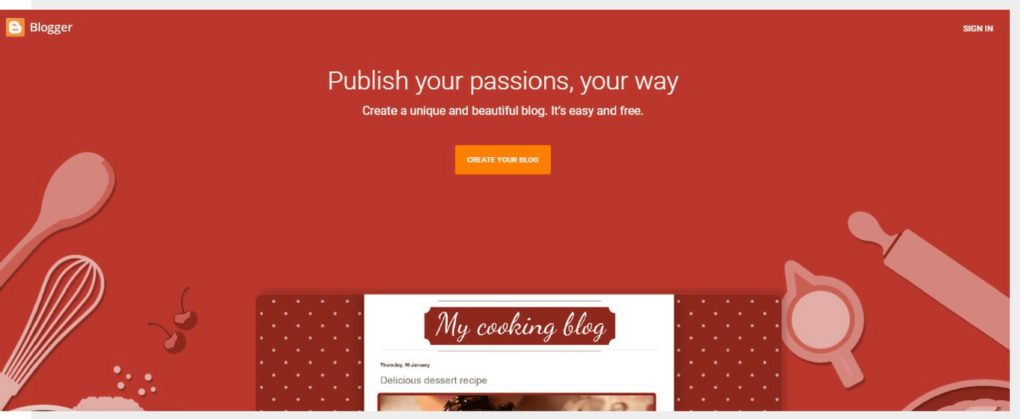


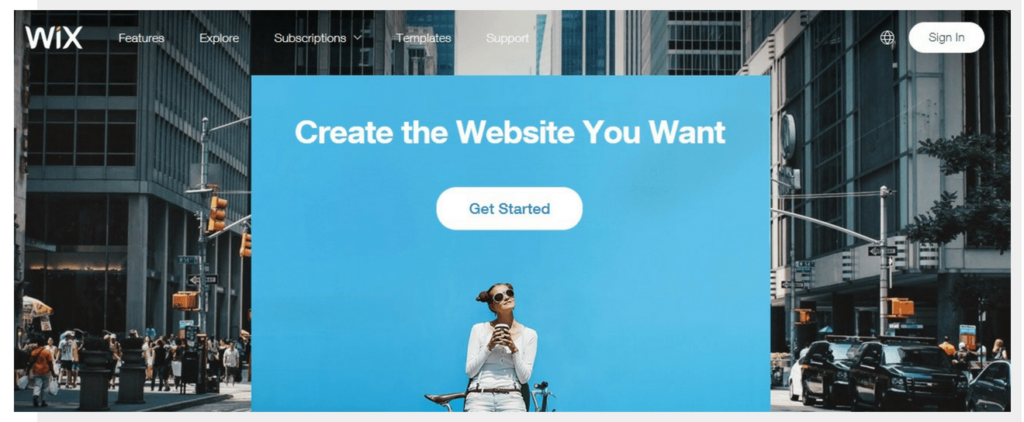
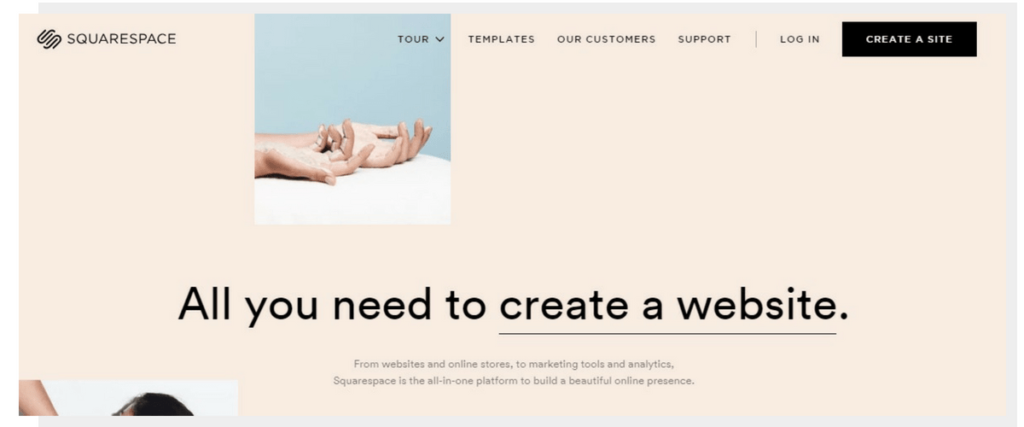

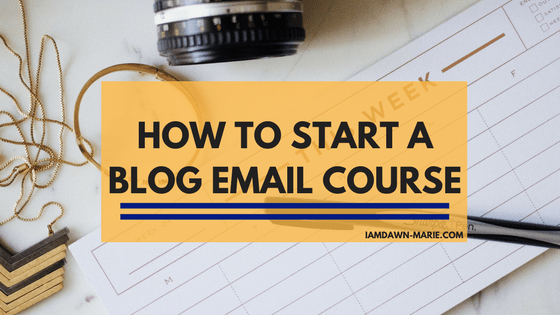

 Previous Post
Previous Post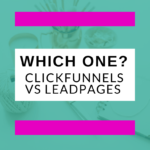 Next Post
Next Post





Excellent list of blogging options. This is precisely what I was looking for. Bookmarked!
Hi Harish thanks for stopping by. Glad it helped.